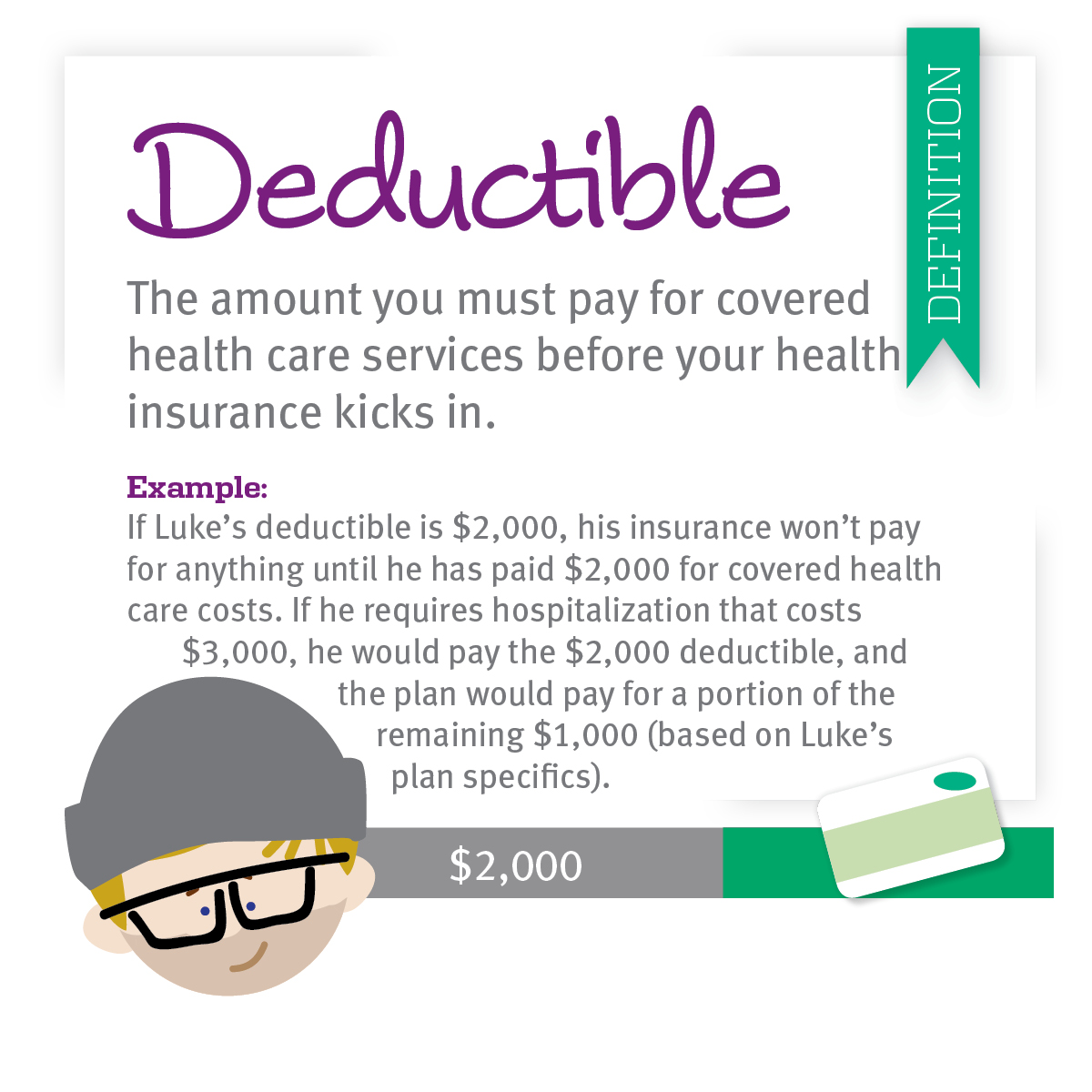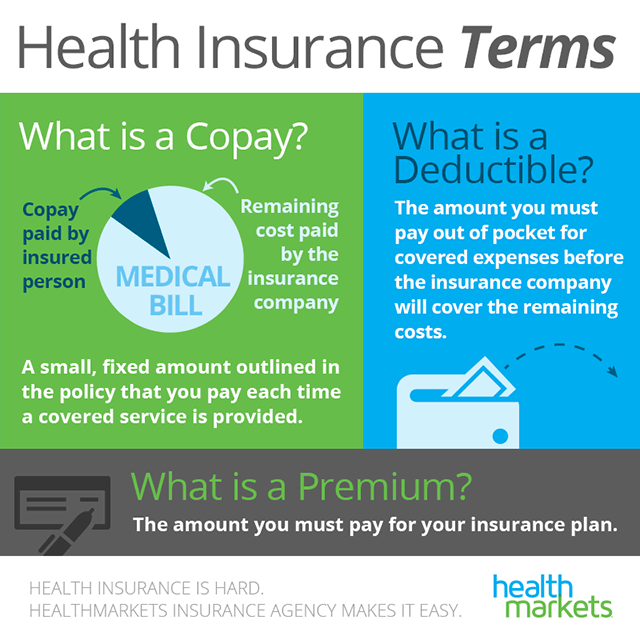

To arrive at the amount they will cover, insurance companies divide the limits of your policy by the limits that would be required by coinsurance. In cases where the property is underinsured, the insurer will reduce coverage proportionally, even if the loss is less than the limits of insurance. Insurers will apply a coinsurance penalty, essentially reducing the amount they will pay for a claim if the coinsurance minimum is not met. How does coinsurance affect your property insurance claims? By requiring coinsurance, insurers can protect themselves and lessen the risk to their funds. For insurance companies, underinsurance greatly increases financial risks. It’s also possible for companies to unintentionally underinsure their property-for example, they may rely on an older appraisal that does not take current property values or replacement costs into account. Premiums are cheaper for a policy that covers a lower value, and businesses may be tempted to see underinsured property as a way to save on premiums while still having enough coverage for partial losses.
DEFINE COPAYMENT IN INSURANCE FULL
Because most property damage does not result in a total loss, some business owners may intentionally underinsure their property, essentially purchasing coverage for less than the full value of the property.

Why do insurers require coinsurance?Ĭoinsurance is included in most commercial property policies to discourage underinsurance. Insurers commonly require 80% of the property’s value to be covered, but the exact percentage can vary depending on the insurer and property in question. In commercial property insurance, coinsurance is the requirement that policyholders insure a minimum percentage of the property’s value in order to receive full coverage for claims. What is coinsurance in property insurance?

Best Legal Malpractice Insurance Companies.Business Insurance Business Insurance Business Insurance.Sign up to receive the latest health and wellness information right to your inbox here.

Coinsurance is when you and your plan both share a percentage of the cost of a service that adds up to 100 percent.įor more information on common health care terms, use this helpful glossary. For example, if a medical service has a 20 percent coinsurance, you would pay 20 percent of the cost and your plan would pay the other 80 percent. What is coinsurance?Ĭoinsurance is when you pay a percentage of the cost for an item or service. If your plan had a $0 prescription drug deductible, your plan would help pay for your prescription drug costs without you having to pay a certain amount first. For example, if your plan had a $200 prescription drug deductible, you would pay the first $200 of your prescription drug costs before your plan helps to pay. There could be a deductible on medical services or on prescription drug services, but not all plans have a deductible. What is a deductible?Ī deductible is the amount you pay for a service before the plan shares the cost of the service with you. Your plan may have a $0 copay for seeing your doctor, for example, in which case you would not have to pay a copay each time you visit your doctor. You may not always have a copay, however. Copays cover your cost of a doctor’s visit or medication. What is a copay?Ī copay is a fixed amount you pay for a health service, seeing your doctor, or filling a prescription. All three are different types of cost sharing, which is the portion you pay for a medical service or prescription drug. The most common types are copays, deductibles, and coinsurance. But when it comes to payment types, it’s helpful to know the meaning of the different terms so you know what form of payment is required.


 0 kommentar(er)
0 kommentar(er)
